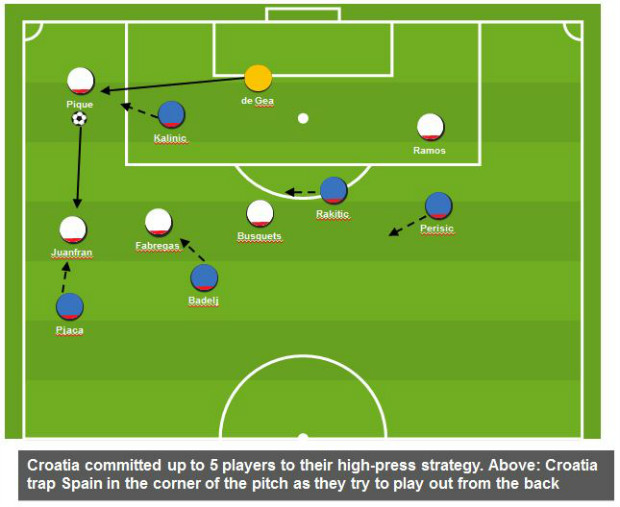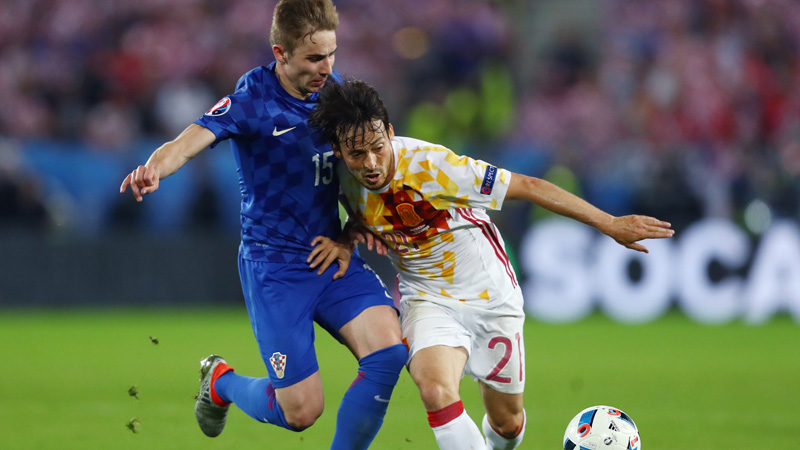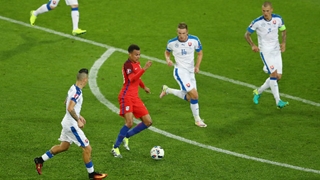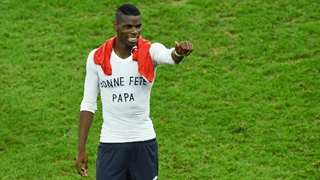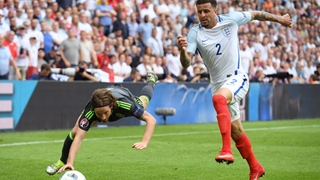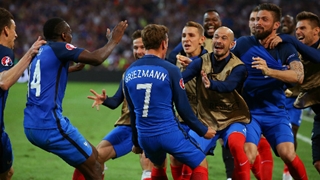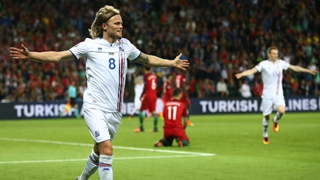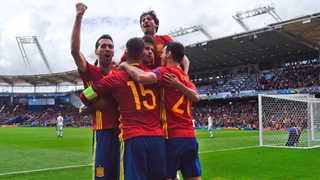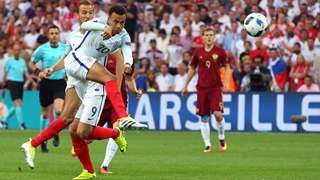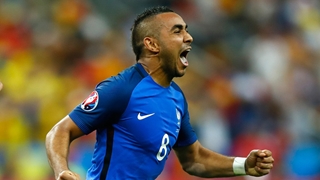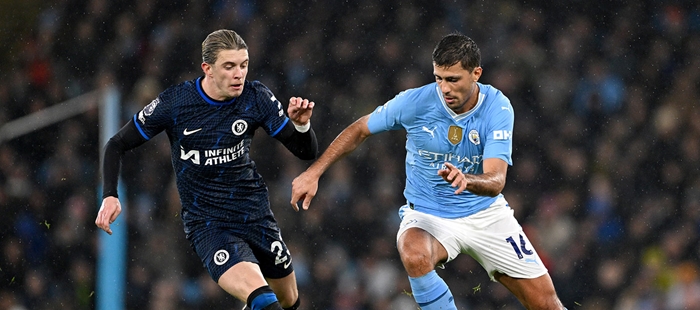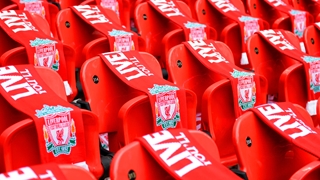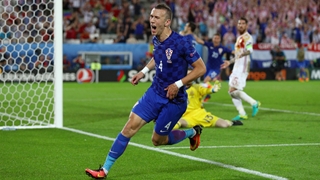
Ivan Perisic’s 87th minute winner gave Croatia a 2-1 victory over holders Spain at the Stade de Bordeaux on Tuesday evening.
Here, FA Education Content Editor Peter Glynn looks at how Croatia used effective counter-attacking and a variety of defending strategies to secure top spot in the group and why it is not time to write off Vincente del Bosque’s side just yet.
1. Croatia’s high press: risk versus reward
When faced with the incisive passing threat possessed by Vincent del Bosque’s side, most teams are content to concede possession, retreat 10 men behind the ball and remain compact in their own territory.
Croatia 2-1 Spain
UEFA Euro 2016
Group D
Tuesday 21 June 2016
Stade de Bordeaux, France
Live on ITV
Not Croatia. At the outset of this contest Ante Cacic’s side were intent on preventing Spain from beginning their bewitching passing rhythms and set out to disrupt the holders’ build-up play using a high-pressing strategy. It was an approach that brought both risk and reward in the early stages.
Untroubled by Gerard Pique and Sergio Ramos dropping near the by-line to receive passes from goalkeeper David de Gea, Croatia’s front players showed eagerness and endeavour to prevent them from playing out from the back. Not content with pressurising from distance, Croatia fully engaged the player in possession.
It caused a number of frantic moments. After three minutes, Nikola Kalinic panicked Pique into beginning a series of rushed passes which allowed midfielders Milan Badelj and Ivan Rakitic to pickpocket Spain’s deep-lying midfielder Sergio Busquets. It was a co-ordinated and coherent strategy with Kalinic nearly profiting from the resulting chance.
There was, however, risk involved. When Croatia failed in engaging the man on the ball and left passing lines open, Spain were invited to demonstrate their composure, movement and technical excellence to cut through the press. Moments after their impressive opening, Croatia could only watch as del Bosque’s side scored following an effortlessly flowing, highly-technical move
Admirably, the opening goal didn’t throw Croatia from their approach. Instead, they stuck to their plan – adopting a flexible defensive strategy as the game went on -and would later be rewarded.
2. Speed and incision in transition
Unable to continue to press with the same intensity as they demonstrated in the first half, Croatia switched to a deeper defensive block for long periods after the break.
The switch in defensive strategy allowed them to stay in the game after Kalinic’s equaliser and also provided a solid base to launch quick counter-attacks from.
With Spain less inclined to recover men behind the ball during transition, Croatia had opportunities to stream forward after the ball had been regained.
Ivan Perisic’s late winner proved to be a case-study in swift counter-attacking play and supporting running.
After Aritz Aduriz’s saw his shot blocked on the edge of the penalty area, Croatia’s right-sided midfielder Pjaca played an incisive first-time pass to locate the central attacking target of Kalinic. The centre-forward’s hold up play and willingness to stay on the ball allowed Perisic to support the attack with a lung-busting run on the left with the Inter Milan man moving onto the ball to finish past de Gea at the near post.
In a matter of a seconds Croatia had sprung forward from a defensive situation to win the game.
3. Spanish passing: stand still and tempt opponents in
Although Tuesday’s game ended in defeat for del Bosque’s side there is still much for their next opponents to be concerned by.
For all Croatia’s success in pressurising their opponents high up the pitch, there was little sign that Spain will veer from their considered approach.
Aside from some nervous moments, large parts of this game acted as a demonstration of the Spaniards exceptional individual and collective manipulation of the ball and control of momentum.
Talking of Spain and Barcelona’s use of the ball, Sir Alex Ferguson once said: “They get you on that carousel and make you dizzy with their passing”.
Here, Iniesta, Busquets and company showed an appreciation of how to pass, receive and protect the ball that few other sides can match.
A signature of Spain’s build up play is to stand still when receiving the ball and to occasionally walk when in possession. In addition the weight and direction of Spain’s passing regularly tempts opponents to try to pinch the ball. It toys with defenders. Then, in a flash, they can change the speed of play through a collection of first-time passes which eliminate the opponent.
It is an aspect of their game that del Bosque will be hoping to see more of as the tournament progresses.
Peter Glynn is FA Education Content Editor and will be providing comment and analysis throughout Euro 2016. Peter is editor of The FA’s coaching magazine, The Boot Room, and is a holder of the FA Advanced Youth Award and UEFA B coaching licence.
Follow Peter on Twitter: @_peterglynn
*The views expressed in this article are those of the author and not necessarily The Football Association



